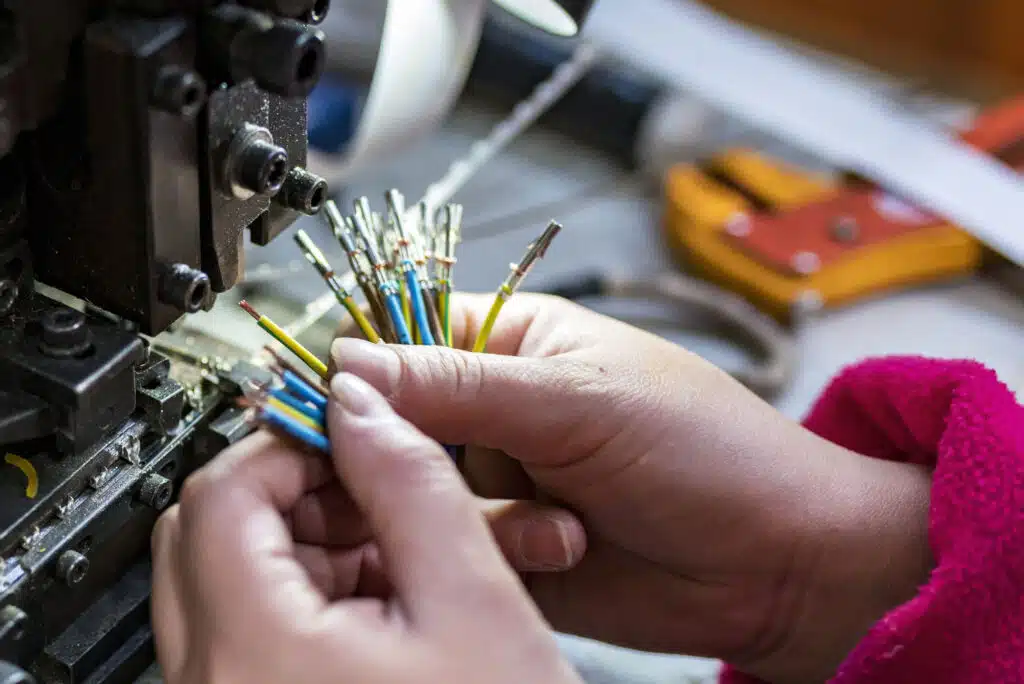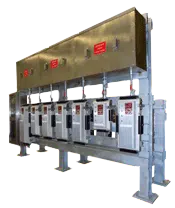A wiring harness is a critical part of most electrical systems. So, when you decide on the design of the wire harness, certain factors require your serious consideration. Doing so will ensure that you have an efficient design process and also experience effective outcomes from the design.
Spike Electric is a certified UL764 manufacturer and we provide superior quality wiring harnesses. The experts at Spike Electric have curated some important guidelines as you begin working on the design of your wiring harness. It will help you to design your available options and develop designs that will perfectly align with your electrical requirements and preferences.
Environmental Factors To Consider
The design of the wiring harness is based on many factors. However, the most important factor to consider is the environment that it will be placed. Some harnesses will be exposed to high or extreme temperatures. Some will be placed near the engine or the exhaust. Others will be placed in significant heat. Some will be exposed to water, dirt, oil, and some chemicals.
Also, some industries will require wire harnesses to be flexible. Whereas others will be required to be exposed to continuous abrasion, the result of vibration.
So, while designing a wiring harness, consider the kind of environment that you will be placing it in. Select the proper type of wire which will be a crucial element for your application. Selecting the wrong kind of wire for the desired environment may lead to insulation breakdown. This can cause several electrical malfunctions, safety concerns and also fail to comply with UL regulations.
The ‘Parts’ To Consider
While developing the design of your wiring harness with an outsourcing partner, provide an accurate list of parts. If you use your numbering for the parts, ensure that you provide the manufacturer’s part number to your outsourcing partner. This will enable the partner to substitute the parts precisely to enhance the quality, performance, and cost-effectiveness of the wiring harness.
Additional Factors To Consider before Designing The Wiring Harness
Length and Tolerance
Be clear about the dimensions. Also, consider the acceptable tolerances for the desired length.
Outer Covering
Several materials are used for covering- conduit, tape, split sleeve, braided loom, and a lot more. Every material serves a different purpose and also has respective advantages and disadvantages. So, understand the purpose, pros, and cons while deciding which material to be used as cover.
Colour and Labelling
Wire colors and any text that is used for labeling will help in identifying the circuit names.
Type of Wire
Wires come in several types, like bare or plated copper and insulating material. Also, they have different voltage ratings. For example, UL1015 wires are very commonly used for electrical panels. PDU’s (power distribution units) for bit coin crypto mining would use similar wire. Each type of wire is suited to different uses. Hence, select one that perfectly blends with your application and preference.
Splice Locations and Splicing
Splicing a wire or a circuit is an essential step in the design process. It can be implemented in various ways. So, review which method of splicing you want to have before deciding on the design and submitting your plan to your work harness manufacturer.
Spike Electric – A Reliable UL764 Certified Wire Harness Manufacturer
Creating and designing a wire harness is not a piece of cake. It requires expertise and knowledge. You can find both in Spike Electric. We have an experienced team of professionals with us who will cater to all your work harness design needs and will provide the perfect wire harness for your industrial application. We are a UL-certified Wire Harness manufacturer, and we will help you to get the most efficient and effective wire harness.
Written by: Cole Attaway
Cole Attaway is the founder and CEO of Spike Electric Controls. Spike's mission is to improve the accessibility and delivery of industrial electrical gear for clients nationwide. Spike solutions result in reduced unplanned downtime, less overtime, and greater operational efficiencies.



